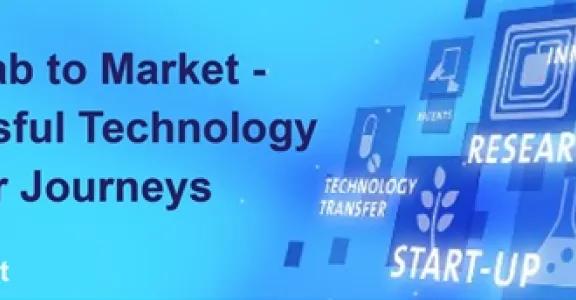Technology transfer is the best way to valorise research results when the will or the means are not there to exploit them commercially. Through an overview of concrete cases, the European Patent Office invites us to take a look at the difficulties, but also the strategic means available to achieve a technology transfer.
Product of the imagination and methodological rigour, fundamental research never ceases to progress and yields new results. These results generally come from academic laboratories, research centres, large companies, but certainly also from small structures such as start-ups or scale-ups.
When the financial resources are lacking or when commercial exploitation is not an option, the question of technology transfer arises. Technology transfer is a means of enhancing the value of results while at the same time making an impact on society.
In this context, patents constitute a major milestone towards the success of such an operation. Nevertheless, technology transfer is a complex process and its success will depend to a large extent on the establishment of a comprehensive IP strategy and a good dose of reactivity.
To illustrate this, the European Patent Office organised an online seminar 'From Lab to Market - Successful Technology Transfer Journeys' on 19 October, reporting on two different situations in terms of country, economic sector concerned and type of technology transfer:
Case 1 - Oxeon: A new weaving method using a composite material was the basis for the creation of the Swedish start-up Oxeon. The intellectual property rights to the technology helped to attract private investment. Oxeon also received business support from the Entrepreneurship Centre at Chalmers University of Technology. This combination of private ownership and public support for innovation has led to the commercialisation of innovative textiles in the sports, industrial and aerospace sectors, as well as the licensing of the weaving technology.
Case 2 - Dermis Pharma: This product for treating open wounds, such as diabetic ulcers, is the result of research and development work carried out by four female inventors in the laboratory of Ege University in Turkey. They obtained intellectual property protection early on, with the help of the local technology transfer office. However, initial attempts to commercialise through licensing failed. A start-up acceleration programme encouraged the team of inventors to create the start-up Dermis Pharma. With its strong intellectual property, the start-up was able to secure the venture capital funding needed to conduct expensive clinical trials and product development. An IP assignment agreement with a major Turkish pharmaceutical company sealed a corporate partnership and accelerated the commercialisation process.




